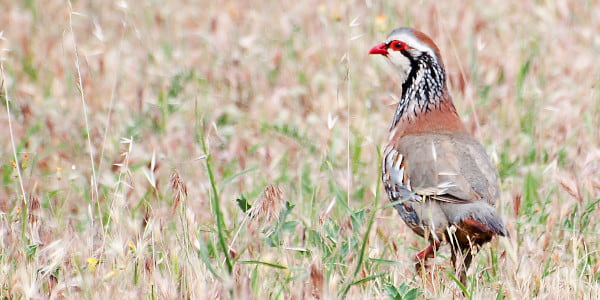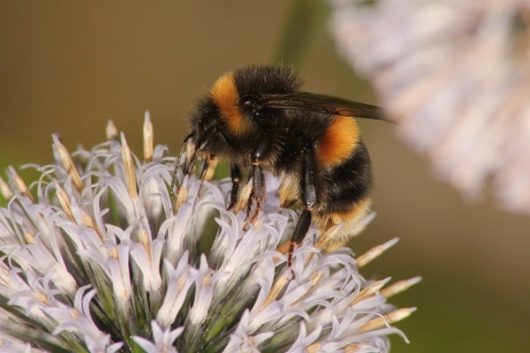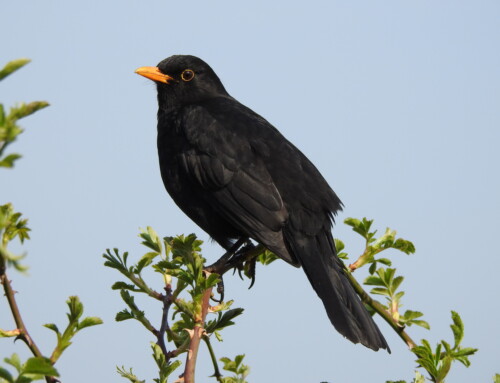
From seeds to plasma: Confirmed exposure of multiple farmland bird species to clothianidin during sowing of winter cereals. Lennon, R.J., Peach, W.J., Dunn, J.C., Shored, R.F., Pereira, M.G., Sleep, D., Dodd, S., Wheatley, C.J., Arnold, K.E. & Brown, C.D. 2020. Science of The Total Environment. DOI: 10.1016/j.scitotenv.2020.138056. VIEW
High prevalence of the neonicotinoid clothianidin in liver and plasma samples collected from gamebirds during autumn sowing. Lennon, R.J., Shore, R.F., Pereira, M.G., Peach, W.J. Dunn, J.C., Arnold, K.E. & Brown, C.D. 2020. Science of The Total Environment. DOI: 10.1016/j.scitotenv.2020.140493. VIEW
Neonicotinoids (NNs) are the largest group of systemic insecticides used around the world, in more than 100 countries, to protect a wide variety of crops from agricultural pests. Systemic pesticides are chemicals that are absorbed by the plant when applied to seeds, leaves or soil. In 2013, in response to growing evidence of the impact of NNs on bees, the European Union placed a moratorium on three kinds of NNs, restricting their use in flowering crops that appeal to honeybees and other pollinating insects. In 2018, they banned the three main NNs for all outdoor uses.
NNs were once hailed as a brilliant solution, because they were highly effective at killing pests. It was believed the risk of harm to other wildlife was lower than some alternatives due to their systemic nature and the fact they specifically target insect nervous systems. However, we now know about their devastating impacts on bees, and evidence continues to emerge about their impacts on other wildlife. Despite this, NNs are not banned in every country, food grown with NNs is imported into even those countries with a ban (effectively offshoring the impact) and even in the EU, “emergency authorisations” are routinely given for these chemicals to be used under the argument that there is no other alternative.
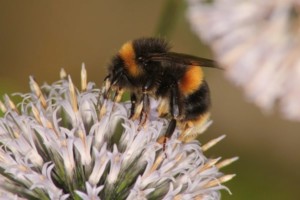
Figure 1 In 2012, scientists discovered that Buff-tailed Bumblebee, Bombus soroeensis, colonies produced 85% fewer queens when exposed to NNs © Grahame Madge (rspb-images.com)
One of the reasons behind the belief that these chemicals are of minimal risk to wildlife, was the assumption (as per the instructions for use) that any treated seeds should be buried so that birds and other wildlife cannot access them.
Dr Rosie Lennon from York University, the RSPB, and other partners recently published two papers looking at real-life exposure of clothianidin – one of the banned pesticides – during a typical sowing period of winter cereals. The first study monitored consumption of exposed seeds by farmland birds using camera traps and measured pesticide levels in the birds’ blood. The second study analysed blood and liver samples from individual hunted gamebird carcasses.
The results showed that the level of exposure of this pesticide to birds, was extremely high. Clothianidin was detected in 6% of gamebirds and 11% of farmland birds sampled pre-sowing, but 89% of gamebirds and 51% of farmland birds post-sowing. 21 species out of the 66 species of farmland birds observed feeding in treated fields were found to have been exposed to the chemical – either by researchers seeing them eat treated seeds, or by analysing their blood. Whilst exposure on its own doesn’t prove any negative impact, a Common Woodpigeon, Columba palumbus, was found to have ingested 65% of the amount required to impair reproduction in just one single feeding visit, and the two birds with the highest concentration found in their blood (a Tree Sparrow, Passer montanus, and a Yellowhammer, Emberiza citrinella) were behaving as though intoxicated.
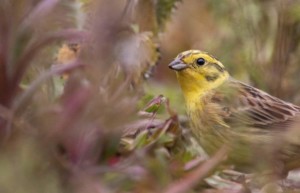
Figure 2 Yellowhammers, Emberiza citrinella, were one of the 21 species seen to have ingested NN treated seeds © Jack Farrer (rspb-images.com)
Whilst the data for this study was collected before the EU ban, the UK will soon not be subject to EU laws, and therefore there is a real risk that pressure to make trade deals with other countries such as the US will lead to weakening of standards, and potentially bring back these harmful pesticides for use in the UK. A recent report called Toxic Trade from Pesticide Action Network UK, Sustain and Dr Emily Lydgate describes not only the risk to the environment and human health from a reduction in pesticide standards, but also the risk to British farmers as they are either undercut by cheaper imports or unable to export to their biggest market, the EU.
Neonicotinoids and bees may seem like old news. But this issue is about more than bees, and about more than one group of pesticides. It is about ensuring that once the UK goes it alone, we prioritise protecting environmental standards and supporting farmers to produce food without damaging further an already under threat natural world.
References
Lennon, R.J., Peach, W.J., Dunn, J.C., Shored, R.F., Pereira, M.G., Sleep, D., Dodd, S., Wheatley, C.J., Arnold, K.E. & Brown, C.D. 2020. From seeds to plasma: Confirmed exposure of multiple farmland bird species to clothianidin during sowing of winter cereals. Science of The Total Environment 723: 138056. VIEW
Lennon, R.J., Shore, R.F., Pereira, M.G., Peach, W.J. Dunn, J.C., Arnold, K.E. & Brown, C.D. 2020. High prevalence of the neonicotinoid clothianidin in liver and plasma samples collected from gamebirds during autumn sowing. Science of The Total Environment 742: 140493. VIEW
Pesticide Action Network UK, Sustain & Lydgate, E. 2020. Toxic Trade – How Trade Deals Threaten To Weaken UK Pesticide Standards. VIEW
Image credit
Featured image: Red-legged Partridge, Alectoris rufa | JRxpo | CC BY-SA 2.0


